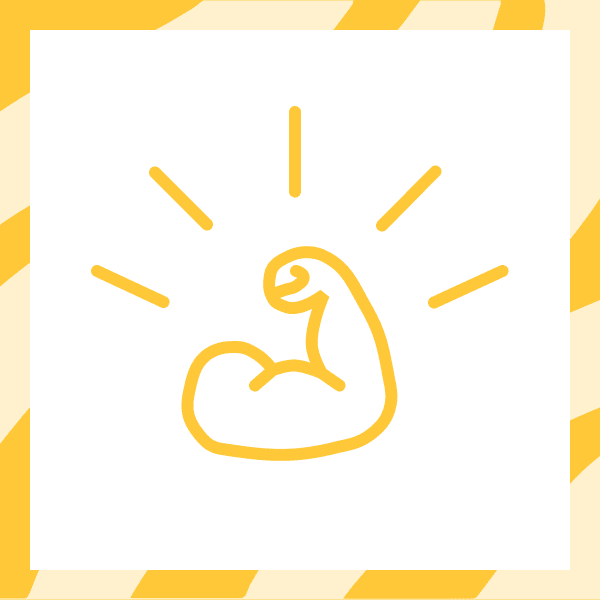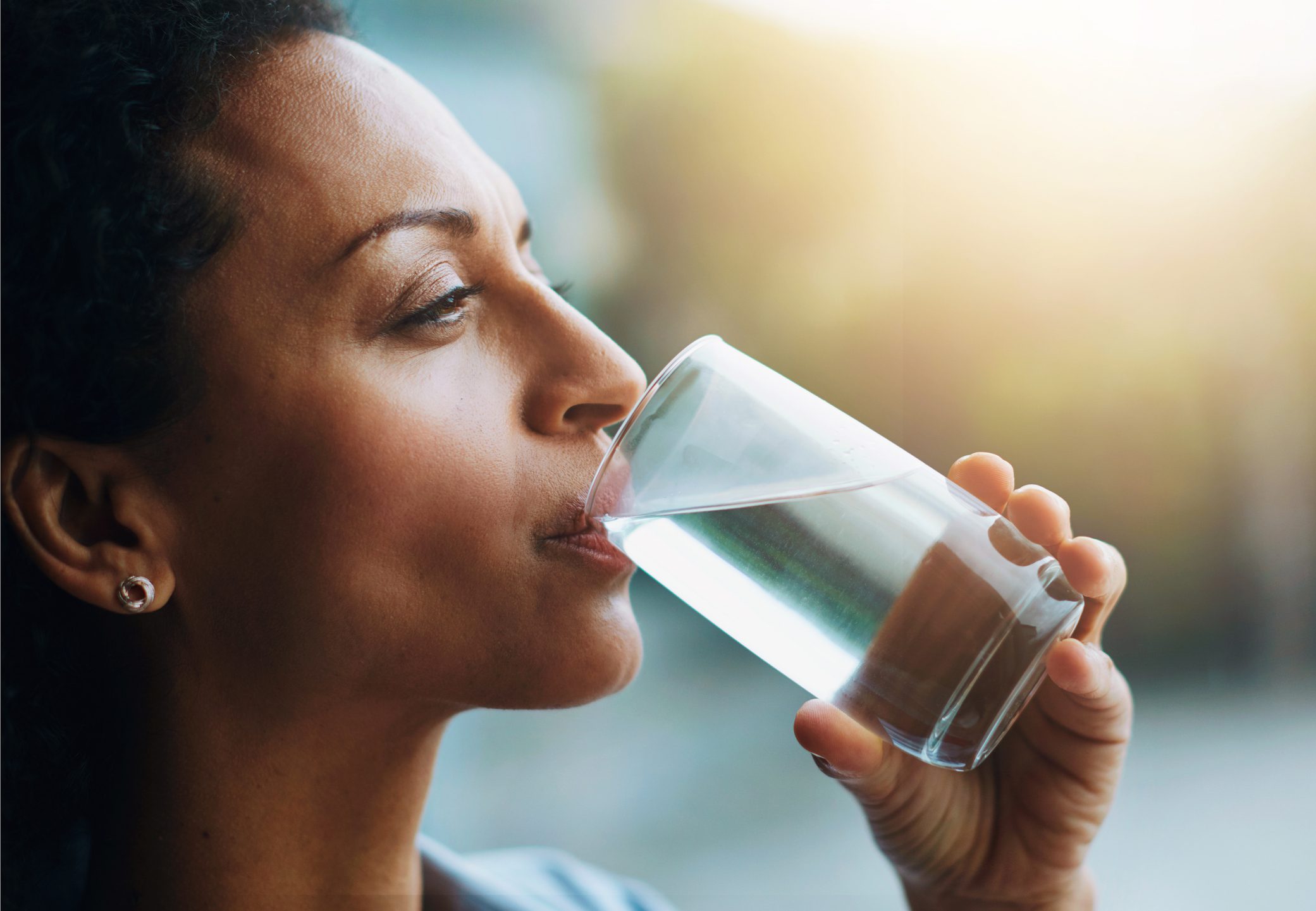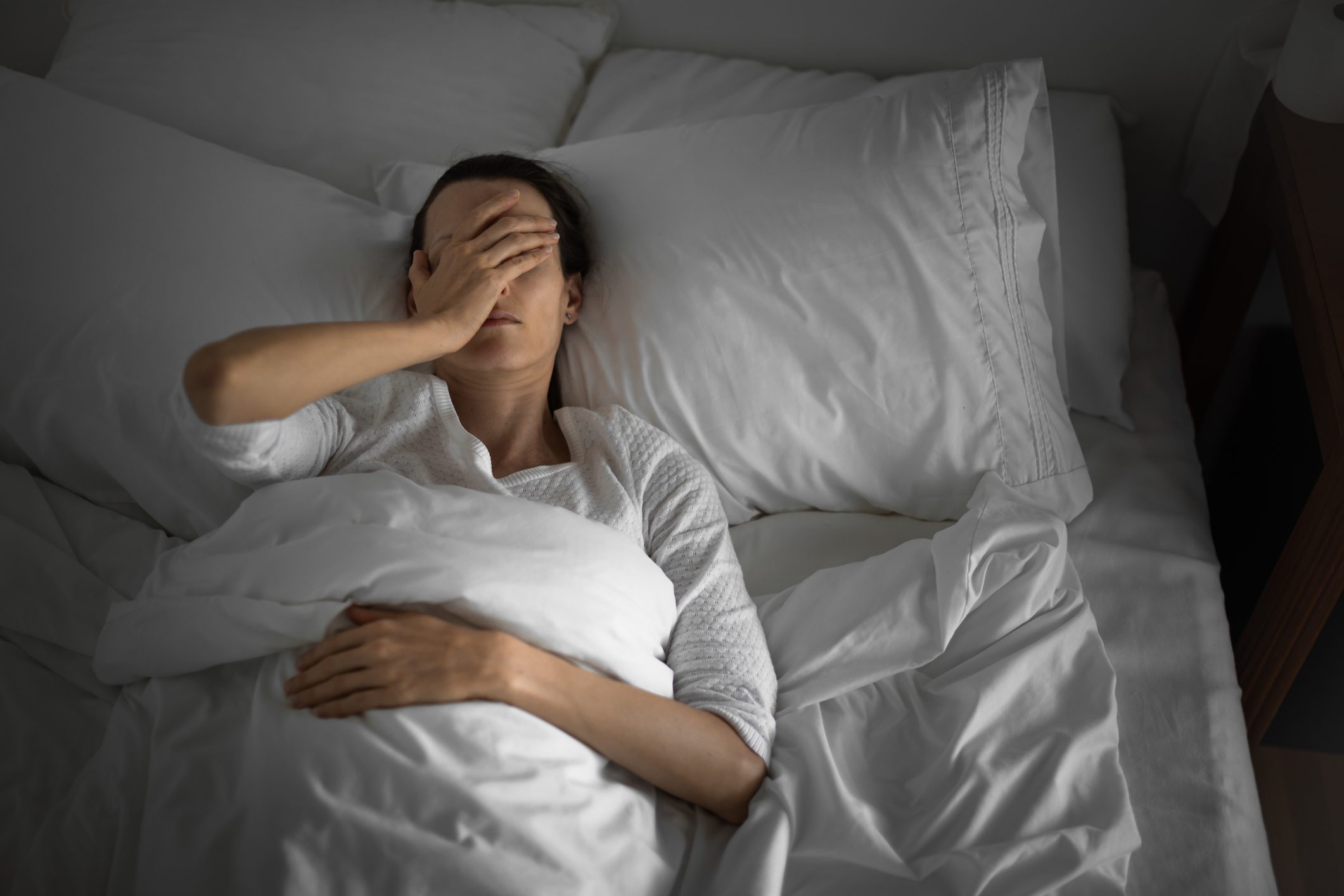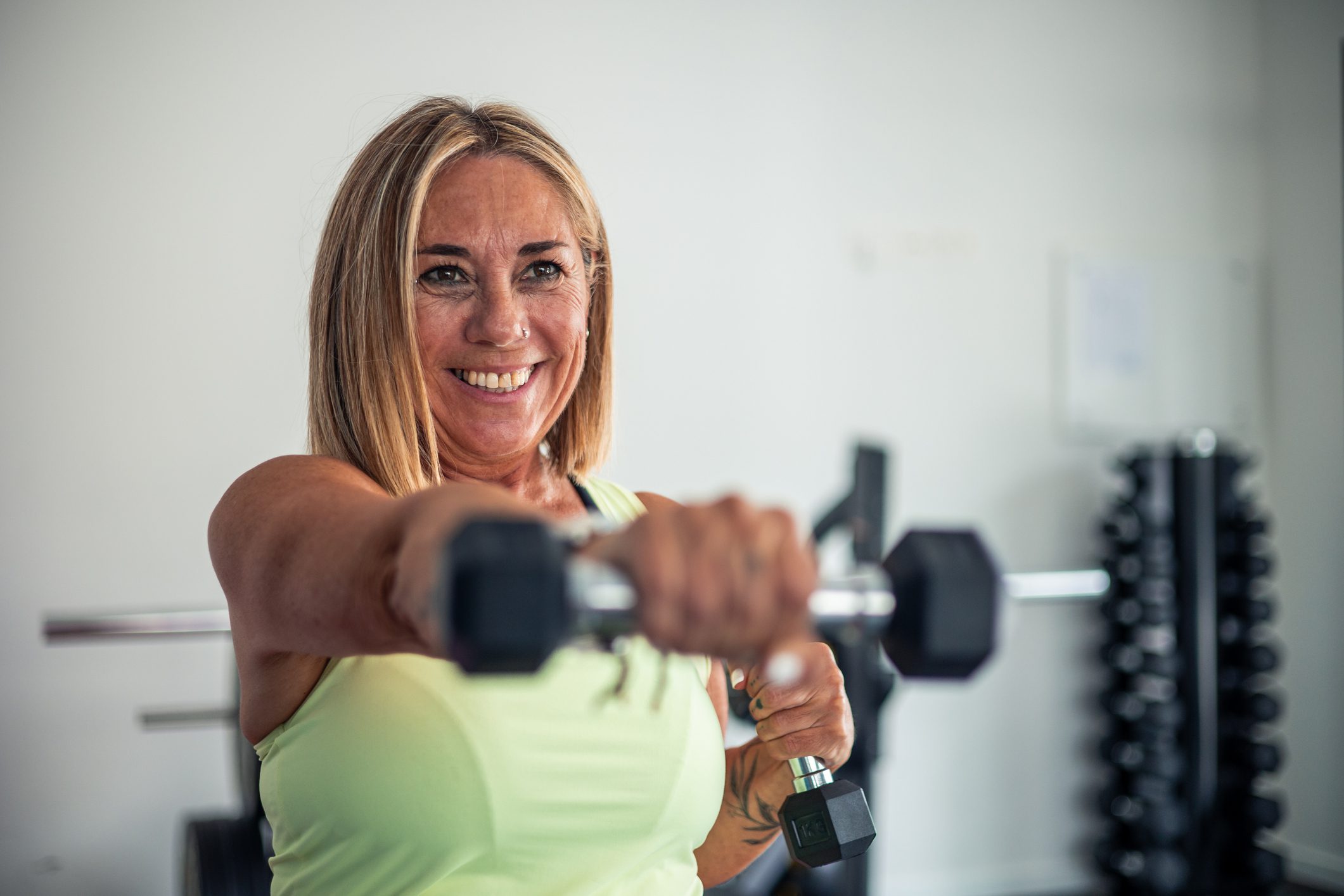
Published on Oct 24, 2023
Last modified on Apr 14, 2025
Is There A Test For Bone Density? Should We Be Getting It?
5 min read
Of the estimated 10 million Americans with osteoporosis, about eight million (80%) are women. In fact, one in every two women over the age of 50 will break a bone because of osteoporosis. And yet, the silent, chronic decline in bone mass is often overlooked and undertreated.
When most people think about preventative health screenings, they immediately think pap smears, colonoscopies, and mammograms…and for good reason! But bone density tests should be on the list, too.
Together with Dr. Rachel Tavel, PT, DPT, CSCS (Doctor of Physical Therapy and Certified Strength and Conditioning Specialist), we’re outlining what you need to know about this surprisingly simple screening: how it works, who should be screened, when to start screening, how we can lower our osteoporosis risk, and more.
What is osteoporosis?
Osteoporosis is a disease caused by significant bone loss — in fact, the name itself is derived from the Latin for “porous bones.”
Menopause is the most common culprit behind osteopenia (low bone density) which can progress to osteoporosis. Estrogen plays a powerful role in protecting our bones, so when levels decrease during perimenopause into menopause, so too does bone density. According to the Endocrine Society, up to 20% of all bone loss happens during/after menopause.
Early osteoporosis symptoms include brittle nails and receding gums, but other than that it’s mostly silent until a surprise fracture or bone break. Adding to the complexity of diagnosis is the fact that those symptoms can ALSO be a sign of other conditions.
How to screen for osteoporosis
Screening for osteoporosis is done via a bone density test, otherwise known as a dual-energy X-ray absorptiometry (DEXA or DXA scan).
The 30-minute exam, which can be ordered by a gynecologist or primary healthcare provider, is painless and involves no injections or special preparation (besides abstaining from calcium supplements for 24 hours prior). It uses minimal radiation to measure how much mineral (such as calcium) you have in your bones — primarily hips and lower spine/back, and occasionally the forearm.
The result is a T-score, which compares your bone density to that of a healthy young adult.
- Normal bone density: T-score greater than -1
- Osteoporosis: T-score of -2.5 or less
- Osteopenia: T-score between -1 & -2.5
The DEXA scan will also yield a Z-score, which compares your bone density to that of your peers (based on age, sex, weight, and ethnic/racial origin).
Higher bone mineral content means denser bones…which is what we want since dense bones are stronger and less likely to break.
Doctors may also leverage the Fracture Prediction Tool (aka FRAX), which is a calculator that measures the risk percentage of bone fractures over the next ten years. According to the recommendations of the National Osteoporosis Foundation, if test results are greater than or equal to 3% for a hip fracture, or 20% for any fracture, you are considered eligible to receive osteoporosis treatment.
Benefits of a bone mineral density test
In addition to confirming a diagnosis of osteoporosis, bone health tests also help doctors:
- Identify decreases in bone density before you break a bone
- Determine your risk of fractures and future treatment planning
- Monitor the efficacy of ongoing osteoporosis treatment
“A DEXA scan can provide you with valuable information about the current state of your bone health,” explains Dr. Tavel. “It is painless, accessible, and an important first step in identifying areas of fracture risk. Knowing what is ‘silently’ happening in your body can empower you to take proactive measures in maintaining and building more bone. Together with your care team, you’ll be able to make informed decisions about your bone health management plan and determine a course of action that is best for you, and your future self.”
Should everyone be getting bone density scans?
The Menopause Society and the American College of Obstetricians and Gynecologists recommend that routine screening tests for osteoporosis start at age 65 for postmenopausal women. That said, screening can start earlier (at time of entry into menopause), for those with high risk factors for bone loss, including individuals with:
- Family history
- History of fractures not related to trauma
- Early menopause (before age 40)
- Smoking
- Alcohol consumption (3+ drinks/day)
- Low physical activity
- Low body weight
- History of eating disorders
- Oral steroid use (e.g., Prednisone)
- Rheumatoid arthritis
- Low calcium and vitamin D intake
- Certain medical conditions (e.g., diabetes, untreated hypothyroidism, chronic liver disease)
“If you have one or more of the above risk factors, consider speaking with your doctor about the potential ways you can mitigate, prevent, or manage your risk of developing osteopenia and osteoporosis,” adds Dr. Tavel. “Strategies can involve lifestyle changes, adjustments to your nutrition and exercise habits, and/or the use of medication. The sooner you find ways to improve your bone health, the better the potential outcome.”
Are there other bone density scans besides DEXA/DXA?
There are two other bone density tests, although keep in mind that these are used less often than DXA due to various factors: price, radiation levels, efficacy, etc.
- Quantitative computerized tomography (CT scan): provides spinal bone density measurements
- Ultrasound: provides heel bone density measurements
How to prevent osteoporosis
Focus on weight-bearing, resistance, balance & posture exercises, which help strengthen bone, improve alignment, and prevent falls that may lead to fractures (or broken bones).
Not sure where to start? Consider Wellen, a personalized exercise program specially built for people with osteopenia and osteoporosis. Wellen’s exercise program has been vetted by experts and is designed to help you build and maintain bone while lowering your risk of falls and fractures. Wellen also provides ongoing, science-backed information about all things bone health so you can find answers to all your questions and feel empowered by knowledge.
Make sure you’re getting adequate calcium. We should aim for 1,000 – 1,200 mg daily, preferably from food sources (here’s a great list). To ensure our bodies are able to absorb the calcium, it’s important to keep an eye on alcohol intake, which interferes with the pancreas’ ability to absorb both calcium and vitamin D.
Consider lifestyle adjustments. If you look at the list of risk factors for osteoporosis mentioned earlier, you’ll notice some things (eg: smoking, alcohol consumption, physical activity level, etc.) are modifiable. Think about the things you can change in your daily habits that will put you on a better path to healthy bones. Cut out what gets in the way. And remember, staying active and on your feet is one of the best things you can do for bone – and overall – health and wellbeing.
Consider supplements. Generally speaking, it’s best to get your nutrients from food when possible. However, for those who are deficient, supplements can be a great addition to any bone health management plan. We recommend talking with your doctor to determine whether supplements such as calcium, vitamin D3, vitamin K2, and/or magnesium are right for you. For more information, refer to our full guide to supplements for menopause.
Consider hormone therapy if eligible. Because menopause is the most common cause of osteoporosis, hormone therapy — in particular estrogen therapy — can be a powerful preventative tool. Once diagnosed, however, estrogen therapy is not recommended as first-line treatment.
Explore non-hormonal options such as SERMs (e.g., Raloxifene and Bazedoxifene) that help prevent bone loss and improve bone mineral density (BMD).
READ MORE:


